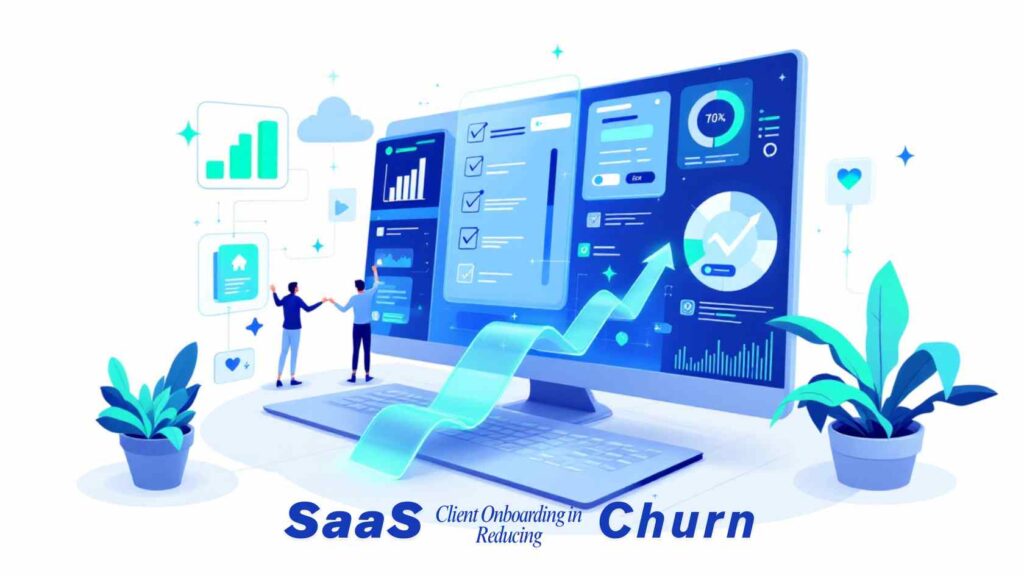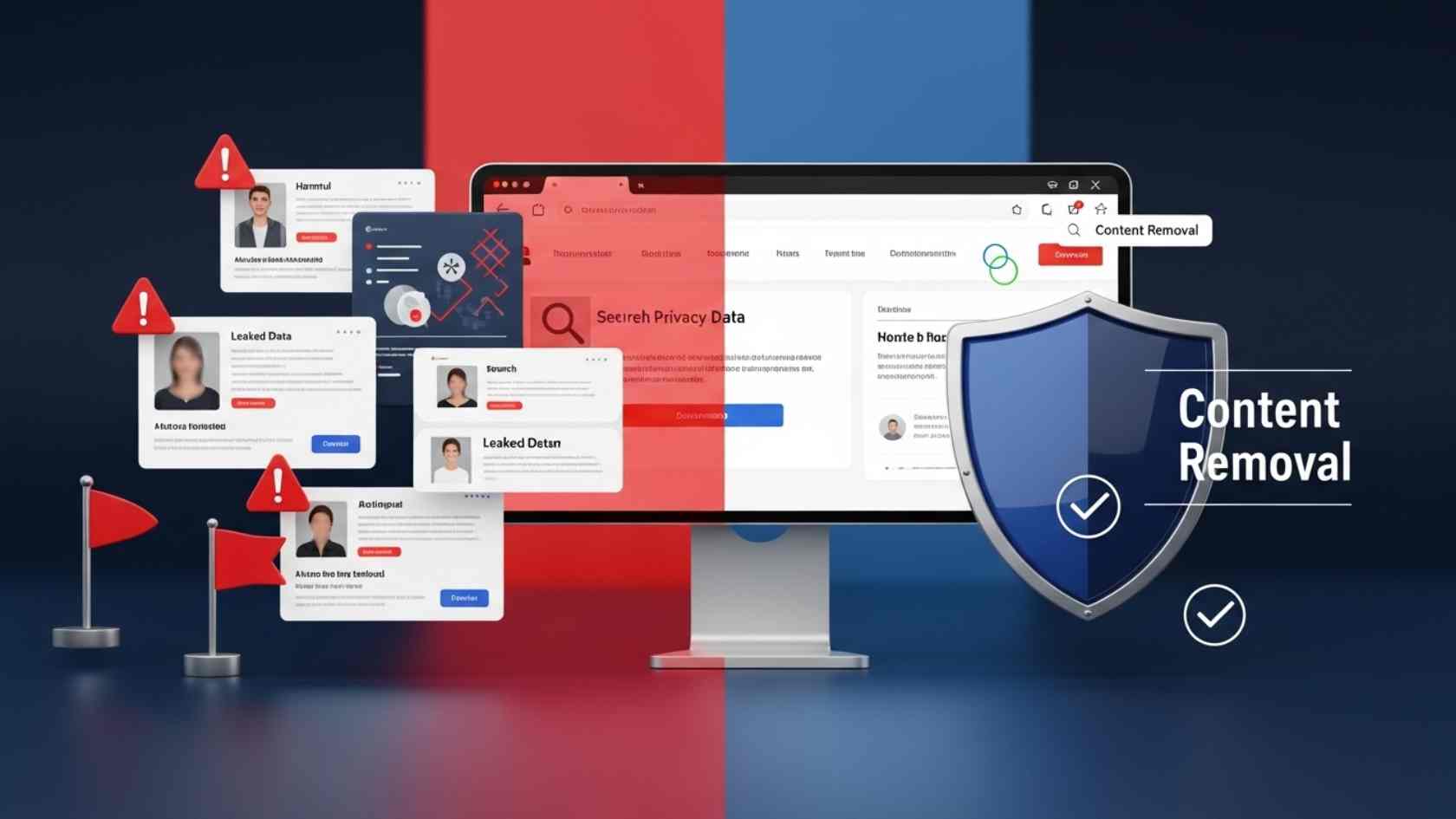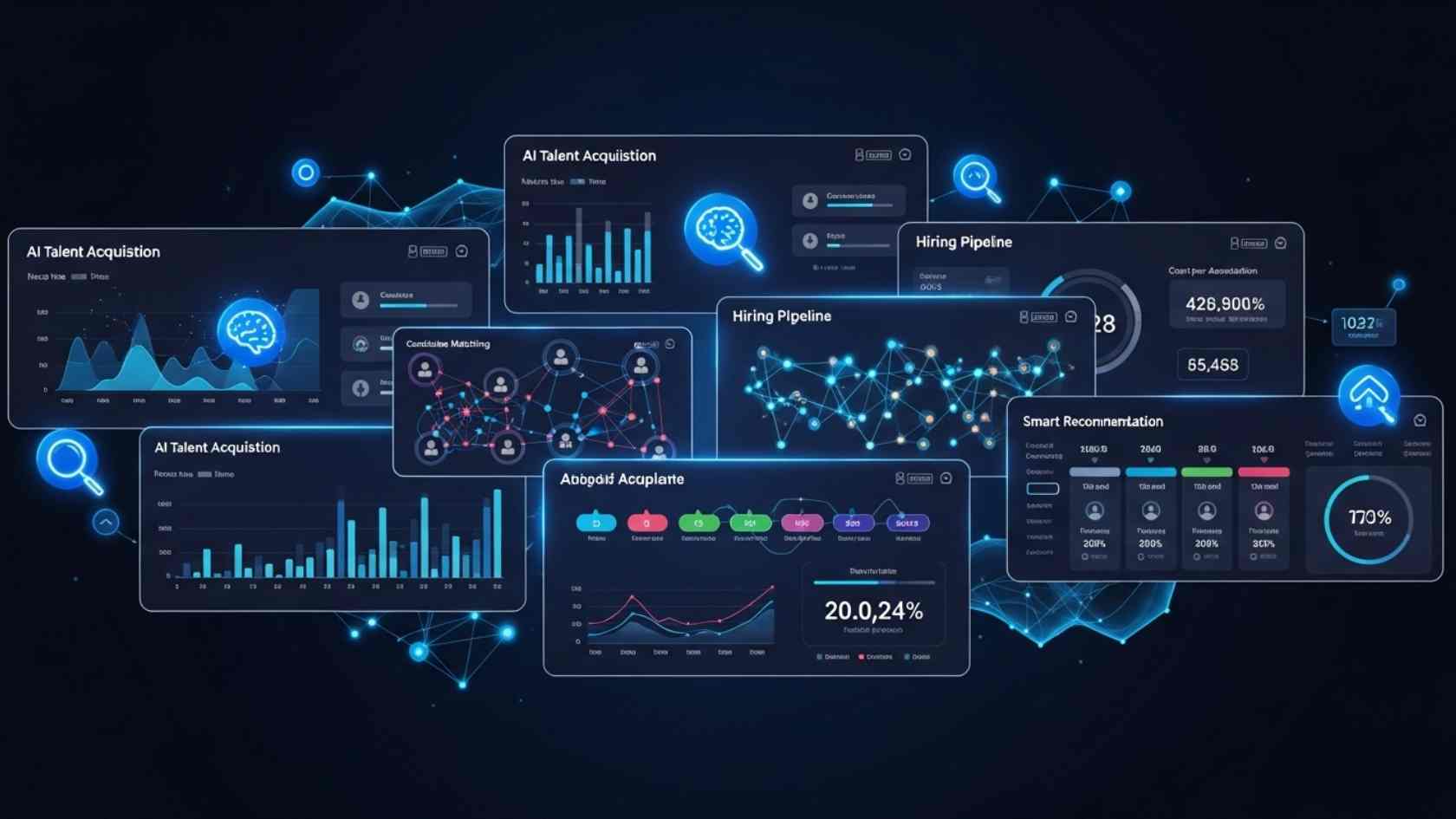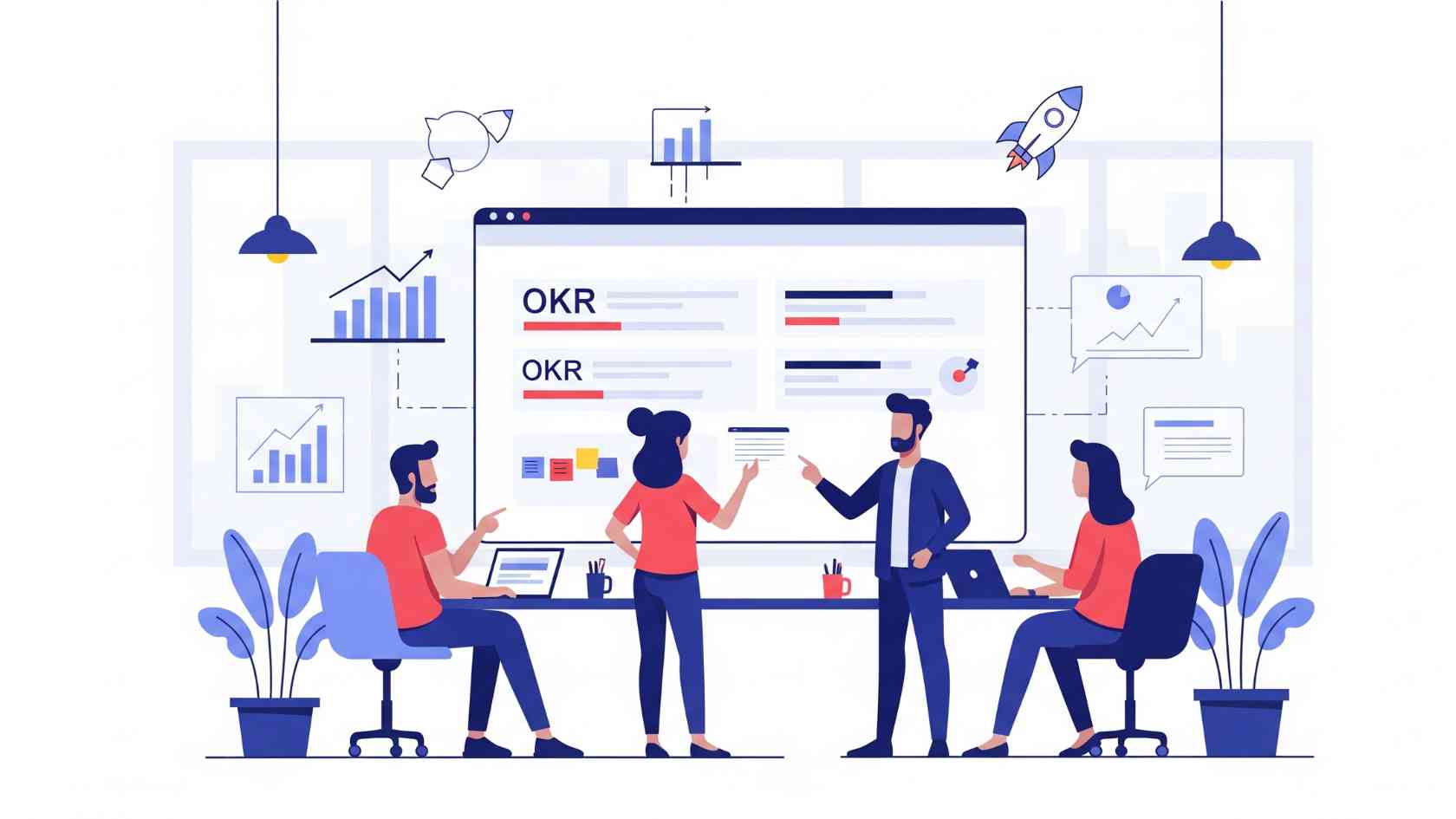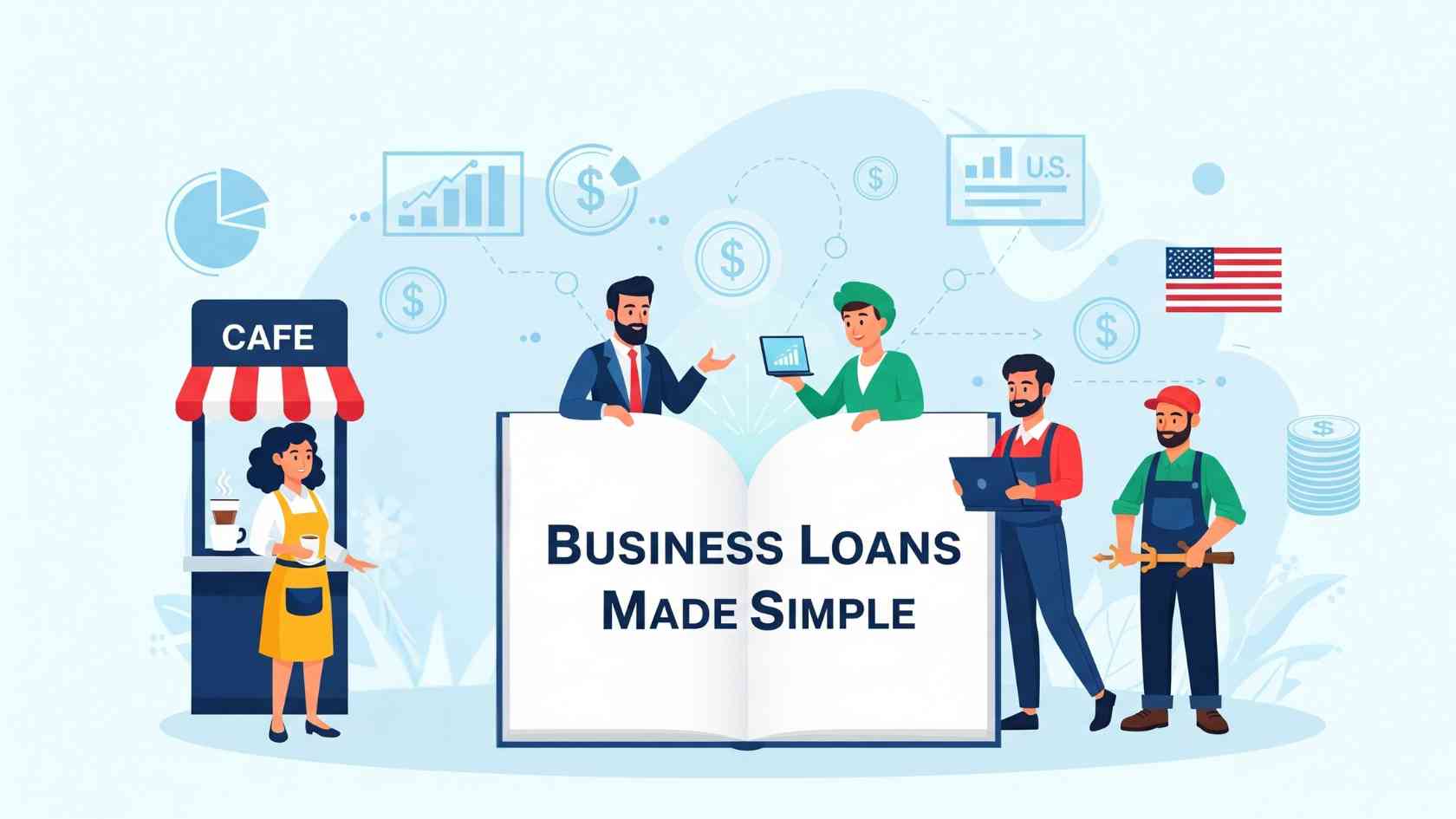Subscription businesses run on the simple math of keeping the customers they already paid to acquire. Yet churn is creeping upward in software as the cost of switching falls; McKinsey warns that industry-wide attrition could rise by another one to three percentage points as generative-AI tools make vendor migration easier and cheaper.
In that landscape, every shaky first impression becomes a revenue leak. The fastest, most controllable lever for plugging it is a streamlined SaaS onboarding program that gets new accounts to first value before they have time to doubt the purchase.
How Streamlined SaaS Onboarding Drives Retention and Minimizes Churn
Lean growth teams often lack bandwidth for round-the-clock white-glove onboarding. Partnering with specialists who live and breathe SaaS client onboarding converts that fixed cost into elastic capacity without sacrificing quality.

External agents can deliver templated walkthroughs, data migrations, and hyper-responsive chat coverage, while internal customer-success managers stay focused on strategic value conversations. The net result is a shorter path to activation and a stronger relationship when the first renewal email lands.
The Hidden Cost of a Rocky Start
Finance teams feel churn in lost recurring revenue, but the real damage happens long before the cancellation email. Implementation overruns drain services capacity, push renewals into “at-risk” columns, and throttle organic expansion. Zylo’s 2025 benchmark shows why this matters: trim churn by just five percent and operating profits can climb anywhere from twenty-five to ninety-five percent, because every retained dollar keeps returning with virtually no incremental cost. The only moment when that compounding engine is completely under your control is Day 0 of the customer journey—when expectations are fresh, champion enthusiasm is high, and usage habits have not hardened.
Speed To First Value as The Onboarding North Star
The goal is not to teach users every corner of the product but to guide them to the first outcome that feels like a win. Intercom’s internal Milestones research found that accounts completing just four early usage markers—setup, activation, utilization, and maturity—are dramatically more likely to renew and expand than those that stall after sign-up. A streamlined onboarding engine therefore concentrates on the handful of actions that correlate with retention and defers everything else until the customer has momentum.
Building The Engine: People, Process, Product
First, collapse all kickoff touchpoints into a single orchestration layer. Rather than separate hand-offs between sales, solutions engineering, implementation, and customer success, assign one onboarding owner who drives a documented playbook. Automate the repetitive status nudges—task reminders, sandbox credentials, answer-desk links—so human time is reserved for the moments requiring judgment.

Second, translate that playbook into product. In-app checklists, contextual tooltips, and progress meters can replace hours of screen-share training. Slack’s own deployment provides a simple proof: its unobtrusive tooltips steer new workspaces toward direct messages and channel creation, a design choice credited with lowering early-stage churn. The lesson is that proactive guidance has higher leverage than reactive support tickets.
Third, route onboarding data to the same analytics pipeline that feeds customer-success health scores. Time-to-value, feature adoption depth, and stakeholder log-ins should surface in a dashboard before the first billing anniversary, making risk both visible and addressable while goodwill is still high.
Continuous Improvement Through Feedback Loops
A streamlined journey is not static. Track when users abandon tutorials, which help-center articles spike, and where implementation projects overrun budget. Interview churned accounts within thirty days of departure while memories are fresh. Feed those insights back into the walkthrough copy, the knowledge-base structure, or even the product itself. Tiny refinements compound: one fewer form field during provisioning, a faster SSO setup wizard, or a pre-populated data template can shave hours off onboarding and tilt renewal math in your favor.
Measuring Success Where it Matters
The numbers prove whether the process is working. Look for shrinking average time-to-first-value, rising week-four feature adoption, and lower support-ticket volume per new account. Ultimately, though, the metric that pays the bills is retention. When streamlined onboarding drops churn even slightly, the compounding effect dwarfs most acquisition tactics—a truth underscored by Zylo’s profit-impact analysis and by McKinsey’s warning about the cost of sitting still while customer mobility rises.
Also Read: Cutting QA Costs by 80%: AI Testing for SaaS Success
Conclusion
Churn rarely begins on the day a contract expires; it starts the moment a confused new user opens your app and cannot find the promised value. By designing an onboarding journey that is laser-focused on first outcomes, automated where possible, and staffed by the right mix of in-house experts and specialized partners, SaaS companies turn that fragile opening act into a moat. Retention improves, expansion follows naturally, and growth compounds—proof that the power of streamlined onboarding lies not in slick welcome emails but in engineering the first success your customer can feel.

